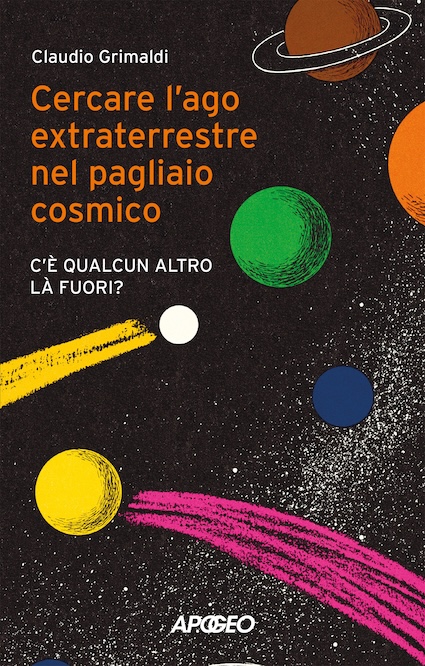Role of the particle size polydispersity in the electrical conductivity of carbon nanotube-epoxy composites
Maryam Majidian, Claudio Grimaldi, László Forró, and Arnaud Magrez

Recent articles

Claudio Grimaldi
Tree-ansatz percolation of hard spheres
Claudio Grimaldi
Area Coverage of Expanding E.T. Signals in the Galaxy: SETI and Drake's N
Claudio Grimaldi, Geoffrey W. Marcy, Nathalien K. Tellis, and Frank Drake
Publications of the Astronomical Society of the Pacific 130, 054101 (2018) arXiv:1802.09399

Welcome to my site!
I am currently affiliated with the Laboratory of Statistical Biophysics (LBS), Ecole Polytechnique Fédérale de Lausanne (EPFL), Switzerland, and Centro Ricerche Enrico Fermi (CREF), Italy.
A short CV can be found here. The list of publications is here or here.
Bayesian approach to SETI
Claudio Grimaldi and Geoffrey W. Marcy
Proc. Natl. Acad. Sci. U.S.A. 115, E9755 (2018)

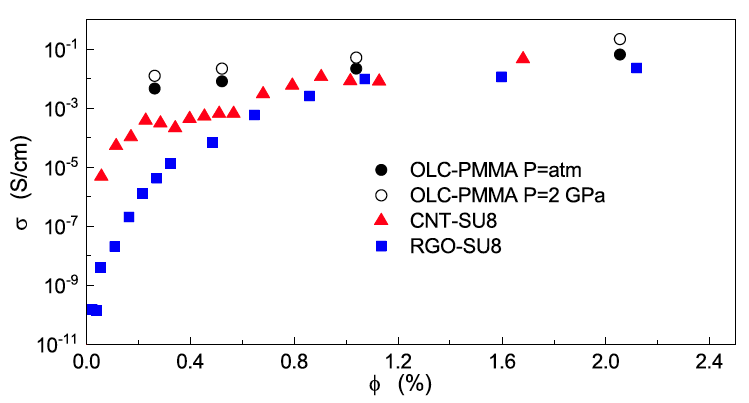
Electrical transport in onion-like carbon-PMMA nanocompsites
C. Grimaldi, E. Kecsenovity, M. Majidian, V. L. Kuznetsov, A. Magrez, and L. Forro
Appl. Phys. Lett. 114, 103102 (2019)
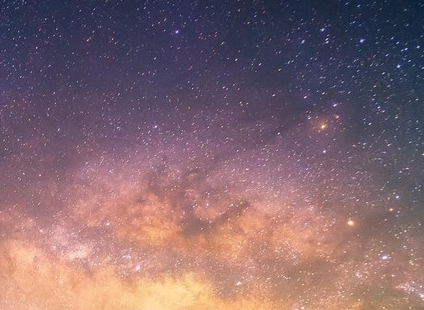
Quantifying the information impact of future searches for exoplanetary biosignatures
Amedeo Balbi and Claudio Grimaldi
Proc. Natl. Acad. Sci. U.S.A. 117, 21031 (2020)


Anisotropy of transport in bulk Rashba metals
Valentina Brosco and Claudio Grimaldi
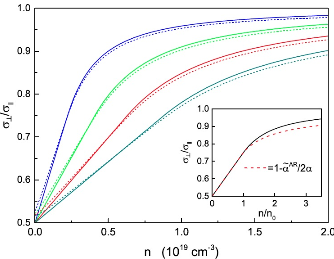
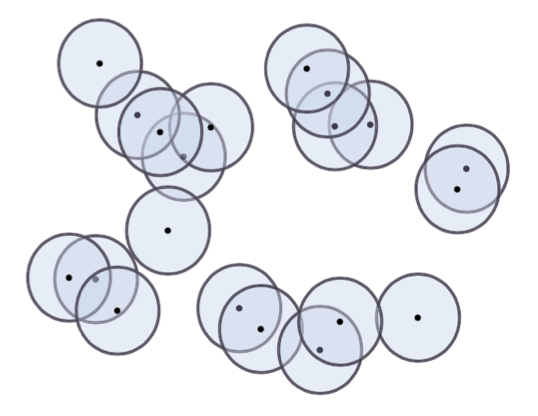
Feasibility of detecting interstellar panspermia in astrophysical environments
Claudio Grimaldi, Manasvi Lingam, and Amedeo Balbi
The Astronomical Journal 162, 23 (2021)
Inferring the rate of technosignatures from 60 yr of nondetection
Claudio Grimaldi
The Astronomical Journal 165, 199 (2023)
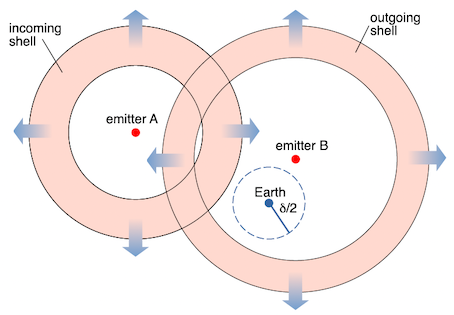

Signal coverage approach to the detection probability of hypothetical extraterrestrial emitters in the Milky Way
Claudio Grimaldi
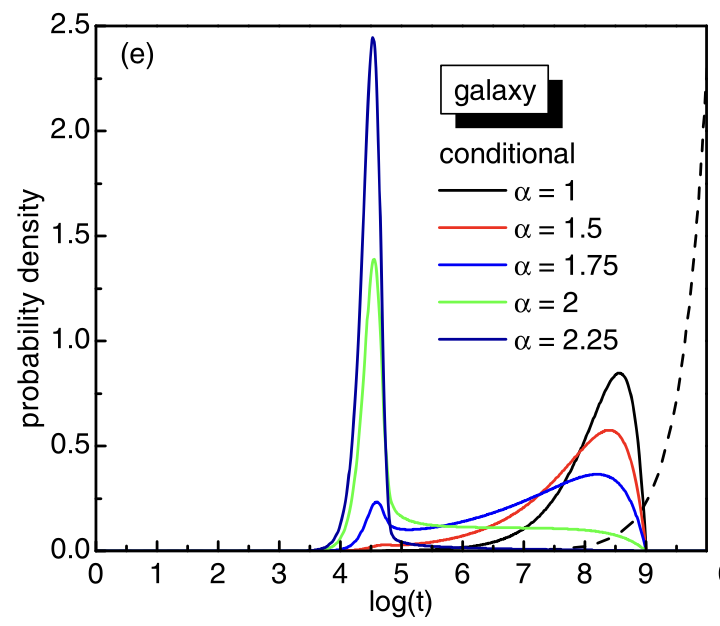
Technosignatures longevity and Lindy's law
Amedeo Balbi, Claudio Grimaldi
The Astronomical Journal 167, 119 (2024)

Pyroresistive response of percolating conductive polymer composites
Ettore Barbieri, Emiliano Bilotti, Yi Liu, Claudio Grimaldi
Physical Review Materials 8, 045602 (2024)
